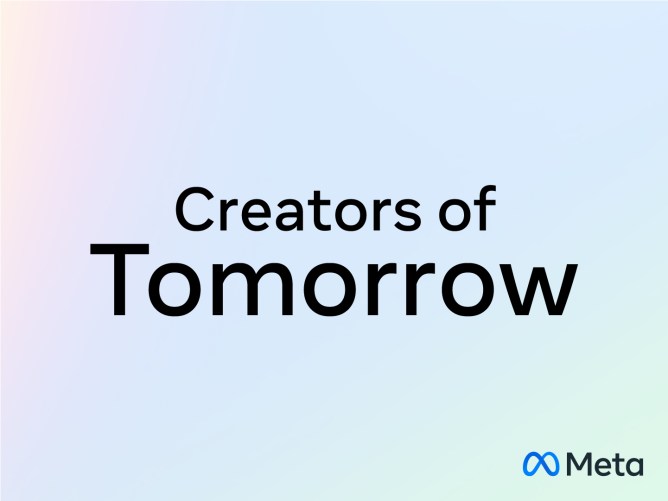
Josh Conrad is a multi-disciplinary artist who specialises in 3D and augmented reality (AR) art from the Stó꞉lō Nation, located in Sumas Territory, British Columbia. He currently lives on the traditional, ancestral and unceded territory of the Coast Salish peoples–Sḵwx̱wú7mesh (Squamish), Stó:lō and Səl̓ílwətaʔ/Selilwitulh (Tsleil-Waututh) and xʷməθkʷəy̓əm (Musqueam) Nations. Self-taught in 3D creation, Josh’s innovative work aims to empower Canadians to connect and interact with digital art in creative ways beyond the limits of physical spaces.
How did you start working in the augmented reality space?
My time as a screen printer sparked an interest in design and all things print. I went to art school to complete a digital design program and later I even started a print collective, a community for printmakers to share their creations. But my career path took its first big turn when a close friend of mine, Aaron Kaufman, introduced me to the field of 3D motion graphics, which is a type of graphic design also referred to as animation.
I ended up falling in love with 3D motion graphics and working in this field became my every day. I was creating album covers, videos and GIFs using bubbly shapes, colours and abstract visuals. In my first year, Aaron mentored me, and I connected with others in the artistic community to learn more about their work. My piece of advice for anyone interested in this field — don’t be afraid to reach out to those whose work you admire.
My career journey took a second turn when my studio-mates and I started experimenting with AR and mural work. We started working together to turn physical art into 3D. We had fun turning some of their murals into 3D objects, and then ultimately as AR became more accessible, into augmented reality pieces to release on social media. This allowed us to make our art interactive and give our audiences the opportunity to explore reality-altering art in real environments and in real time.
I started developing my AR skills by learning from the ground up and finding resources when I could, especially with Meta Spark. It provided another avenue to get involved digitally and share not only my work, but the work of those in my community. I’ve helped them bring their artwork right into the homes of their audiences, in a way where people can interact with shapes and textures within their own space. This has helped them create more personalised interactions and engaging content.
What have been some career highlights?
I’ve worked on some amazing projects with non-profits that align with my personal values. The ability to transform artwork from physical to digital and amplify meaningful causes virtually has given me an avenue to make a difference, and give purpose to the skills I’ve learned. These collaborations show how art is an important tool for supporting social movements, and how AR can be used to spread important messages in not only an engaging manner, but on a larger scale than ever before.
Earlier this year, one of my very good friends, Priscilla Yu, brought me in to support a project to promote civic engagement in Canada. We co-created a wonderful, animated piece based on her artwork that we transformed into AR. In the summer, I worked with Mo Thunder to create an immersive experience for their artwork, which celebrates water and the environment. It was so meaningful to bring Mo’s mural to life online. Then last month, I collaborated with Orange Shirt Society to develop an AR effect for the National Day for Truth and Reconciliation, inspired by the experience of residential school survivor Phyllis (Jack) Webstad.
What role do you think immersive art plays in storytelling and reconciliation?
Immersive storytelling is the future. Static art can’t always be viewed by everyone, since it is hosted in a gallery or exhibition space. We can bring that art onto social platforms in a way that’s accessible, so more people can engage with these art pieces and stories.
That will allow our voices to be heard, and our culture to be seen not just on a community level, but by the world. It’s uplifting all of our voices and letting our artwork rise and be shared in such an easy, interesting, and engaging way. I think it will attract not just our youth, but other people and organisations, and it’ll grow more interest in our stories, cultures and histories.
Learn more about Josh on Instagram.
The post Creators of Tomorrow: Augmented Reality and 3D Artist Josh Conrad appeared first on Meta.















 English (US) ·
English (US) ·